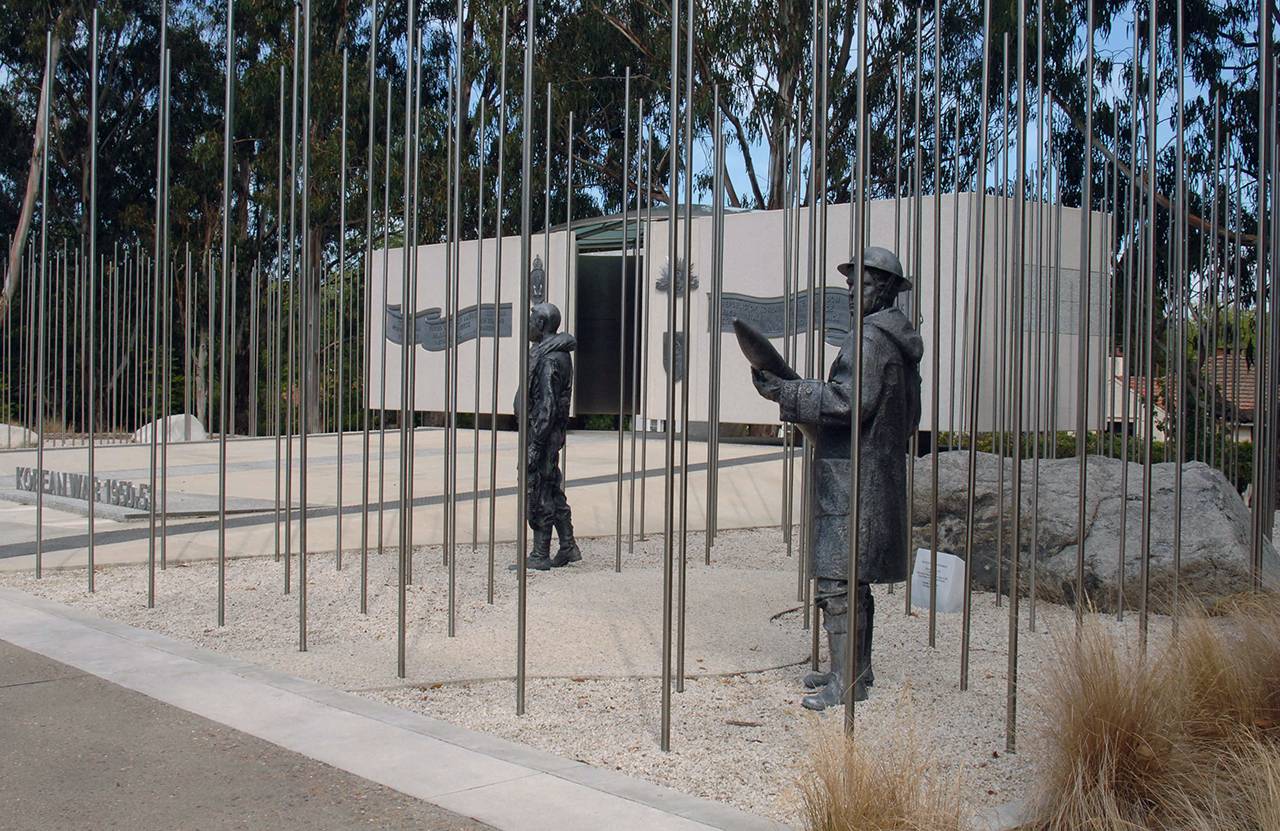Overshadowed by ANZAC Day, on 24 April each year we commemorate Kapyong Day and remember the service and sacrifice of the United Nations (UN) forces, including Australian troops of all three services, in defending Seoul in South Korea from communist forces, during the Korean War, from 1950 to 1953.
Only five years after the end of the Second World War, Australia became involved in the Korean War. Personnel from the Royal Australian Navy (RAN), Royal Australian Air Force (RAAF), and the Australian Regular Army (ARA) were committed soon after the war began and would serve for the next three years in the defence of South Korea.
The origins of the Korean War can be traced back to the end of the Second World War, when the Allies were entrusted with control of the Korean peninsula following 35 years of Japanese occupation. The United States and the Soviet Union accepted mutual responsibility for the country, with the Soviets taking control of the country to the north of the 38th Parallel and the Americans taking the south. Over the next few years, the Soviet Union fostered a communist government under Kim Il-Sung and the US supported the provisional government in the south, headed by Syngman Rhee. By 1950 tensions between the two zones had risen to the point that two increasingly hostile armies had built up along the 38th Parallel.
In the pre-dawn hours of 25 June 1950 the Korean People’s Army (KPA) launched a massive offensive across the 38th Parallel into South Korea. They drove the Republic of South Korea’s (ROK) forces down the peninsula, capturing the capital, Seoul, within a week. South Korean and hastily deployed United States Army units fought delaying actions as they were forced further down the Korean peninsula, which allowed defensive positions to be set up around the port city of Pusan.
Within two days of the war’s beginning, US President Harry S. Truman committed US navy and air force units to aid South Korea. By the end of the month, he had authorised US ground forces to be deployed to the peninsula. The United Nations Security Council asked its members to assist in repelling the North Korean invasion. The Security Council was aided by Russia boycotting the UN over its lack of recognition of the communist Chinese government. With the Russian delegate absent and unable to veto any resolution, the UN was able to act decisively and commit forces from willing nations to the aid of South Korea. In all, 21 nations committed troops, ships, aircraft, and medical units to the defence of South Korea. Australia became the second nation, behind the United States, to commit personnel from all three armed services to the war.
Australia, with its commitment to the British Commonwealth Occupation Force in Japan, had two readily deployable RAN vessels, HMAS Shoalhaven and HMAS Bataan (which was on its way to Japan to relieve Shoalhaven), as well as No. 77 Squadron, RAAF. The 3rd Battalion, Royal Australian Regiment (3RAR) was also available, but it was understrength and ill prepared for a combat deployment.
On 28 June Prime Minister Robert Menzies committed Australia’s RAN assets to the Korean War, followed several days later by No. 77 Squadron. It wasn’t until 26 July that 3RAR was committed to ground operations in Korea.
More at the Australian War Memorial here; http://ow.ly/16C030rEP2o
Some honours and awards related to this article
-
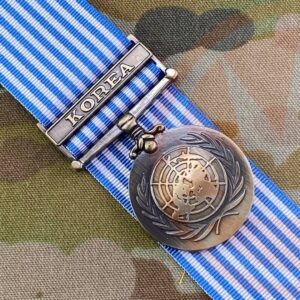 United Nations Service Medal Korea$21.09 – $54.39
United Nations Service Medal Korea$21.09 – $54.39 -
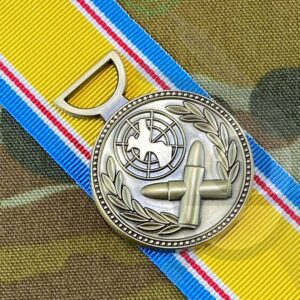 Republic of Korea War Service Medal ROKWSM$21.09 – $54.39
Republic of Korea War Service Medal ROKWSM$21.09 – $54.39 -
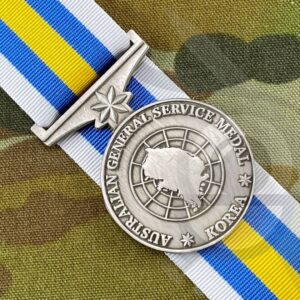 Australian General Service Medal Korea AGSMK$21.09 – $54.39
Australian General Service Medal Korea AGSMK$21.09 – $54.39 -
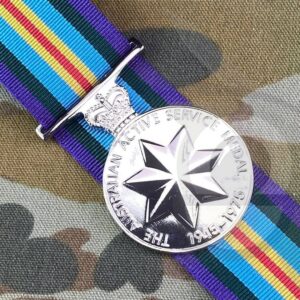 Australian Active Service Medal 1945-75$21.09 – $54.39
Australian Active Service Medal 1945-75$21.09 – $54.39 -
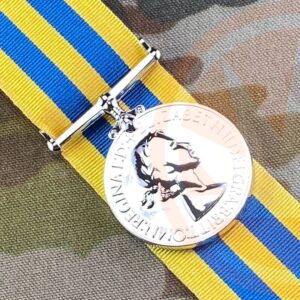 Korea Medal KM$21.09 – $54.39
Korea Medal KM$21.09 – $54.39 -
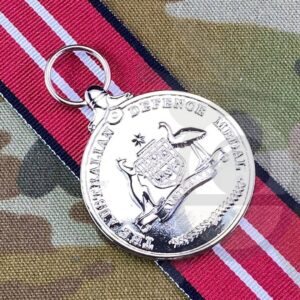 Australian Defence Medal ADM$21.09 – $54.39
Australian Defence Medal ADM$21.09 – $54.39

